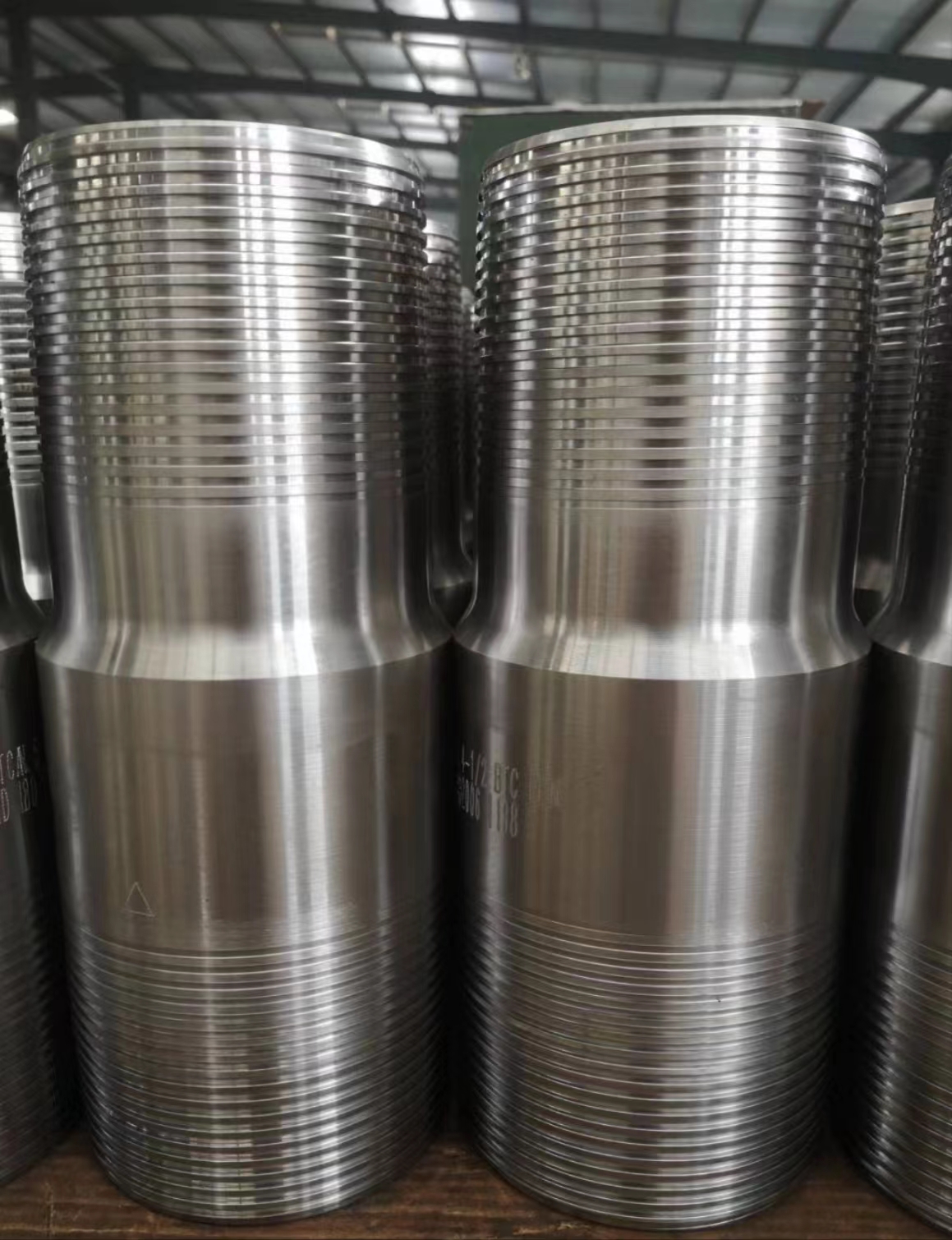- Afrikaans
- Albanian
- Amharic
- Arabic
- Armenian
- Azerbaijani
- Basque
- Belarusian
- Bengali
- Bosnian
- Bulgarian
- Catalan
- Cebuano
- Corsican
- Croatian
- Czech
- Danish
- Dutch
- English
- Esperanto
- Estonian
- Finnish
- French
- Frisian
- Galician
- Georgian
- German
- Greek
- Gujarati
- Haitian Creole
- hausa
- hawaiian
- Hebrew
- Hindi
- Miao
- Hungarian
- Icelandic
- igbo
- Indonesian
- irish
- Italian
- Japanese
- Javanese
- Kannada
- kazakh
- Khmer
- Rwandese
- Korean
- Kurdish
- Kyrgyz
- Lao
- Latin
- Latvian
- Lithuanian
- Luxembourgish
- Macedonian
- Malgashi
- Malay
- Malayalam
- Maltese
- Maori
- Marathi
- Mongolian
- Myanmar
- Nepali
- Norwegian
- Norwegian
- Occitan
- Pashto
- Persian
- Polish
- Portuguese
- Punjabi
- Romanian
- Russian
- Samoan
- Scottish Gaelic
- Serbian
- Sesotho
- Shona
- Sindhi
- Sinhala
- Slovak
- Slovenian
- Somali
- Spanish
- Sundanese
- Swahili
- Swedish
- Tagalog
- Tajik
- Tamil
- Tatar
- Telugu
- Thai
- Turkish
- Turkmen
- Ukrainian
- Urdu
- Uighur
- Uzbek
- Vietnamese
- Welsh
- Bantu
- Yiddish
- Yoruba
- Zulu
Aluminum Pipe Connectors and Fitting Solutions for Durable Piping Systems
Aluminum Pipe Couplings and Fittings An Overview
Aluminum pipe couplings and fittings play a crucial role in a wide range of industrial and construction applications. Known for their lightweight and corrosion-resistant properties, aluminum fittings provide both durability and ease of installation, making them an ideal choice for many projects. This article explores the importance, types, and applications of aluminum couplings and fittings in various sectors.
One of the primary advantages of aluminum is its excellent strength-to-weight ratio. This characteristic makes aluminum fittings a preferred choice in applications where weight is a critical factor, such as in aerospace, automotive, and marine industries. These fittings are robust enough to handle high pressures while minimizing the overall weight of the assembly, promoting fuel efficiency in moving systems.
Aluminum pipe couplings are available in various types, each designed for specific functions. Common types include standard couplings, reducing couplings, and eccentric couplings. Standard couplings are used to connect two pieces of pipe of the same diameter, ensuring a secure joint. Reducing couplings, on the other hand, are designed to connect pipes of different diameters, allowing for versatility in piping systems. Eccentric couplings are useful in applications requiring a gradual change in pipe diameters. Each type serves a unique purpose and caters to diverse installation needs.
aluminum pipe couplings and fittings

In terms of fittings, there are elbows, tees, and flanges among others that facilitate changes in direction, junctions, and secure connections in pipe systems. Elbows allow for directional changes in pipelines, usually available in 45-degree and 90-degree angles, while tees enable branching off from a main line. Flanges provide a stable connection point for piping and are often used in high-volume settings to create pressure tight joints.
The use of aluminum pipe couplings and fittings extends across various industries such as plumbing, HVAC, and chemical processing. In plumbing, for instance, aluminum fittings are utilized for various water supply systems, where resistance to corrosion is paramount. In HVAC systems, lightweight aluminum fittings help reduce the overall load of the ductwork, enhancing the system's efficiency.
Moreover, the ease of installation associated with aluminum fittings cannot be understated. Many aluminum couplings and fittings come with threaded ends or clamps, facilitating quicker assembly and disassembly than welded counterparts. This feature is particularly advantageous for maintenance and repair work, reducing downtime and labor costs.
In conclusion, aluminum pipe couplings and fittings are integral components in modern piping systems. Their lightweight nature, strength, and resistance to corrosion make them a versatile choice for numerous industries. As the demand for efficient and long-lasting piping solutions continues to grow, aluminum fittings will remain a key player in ensuring that systems operate seamlessly and effectively.
-
Tubing Pup Joints: Essential Components for Oil and Gas OperationsNewsJul.10,2025
-
Pup Joints: Essential Components for Reliable Drilling OperationsNewsJul.10,2025
-
Pipe Couplings: Connecting Your World EfficientlyNewsJul.10,2025
-
Mastering Oilfield Operations with Quality Tubing and CasingNewsJul.10,2025
-
High-Quality Casing Couplings for Every NeedNewsJul.10,2025
-
Boost Your Drilling Efficiency with Premium Crossover Tools & Seating NipplesNewsJul.10,2025







